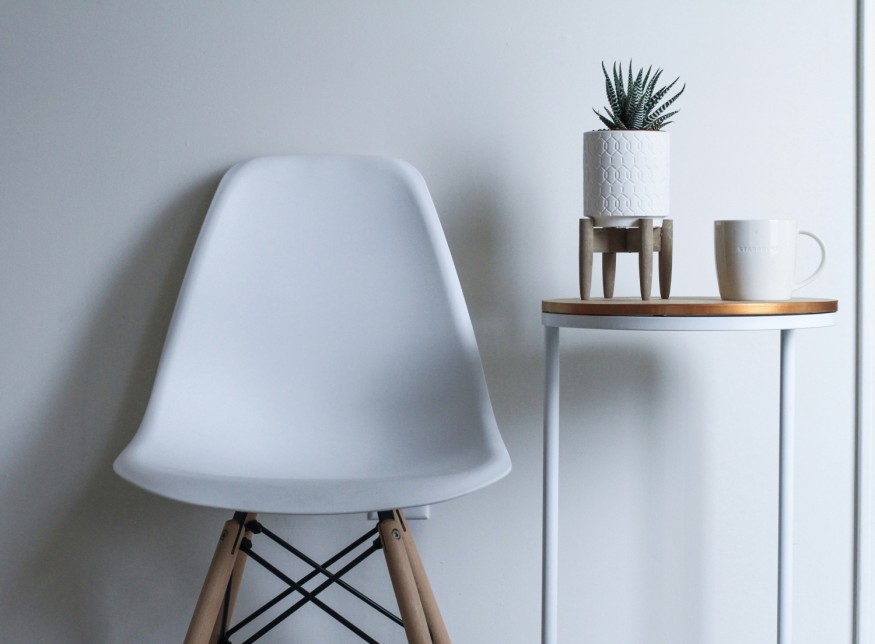5 Mega Trends Reshaping the Home Furniture Industry

As we navigate the ever-evolving landscape of home furnishing, several key trends are poised to transform how we furnish and experience our living spaces in the coming year. From innovative designs to sustainable living solutions, let's delve into the five mega trends that will shape the home furniture industry.
1. Adaptive Living Fuels Demand for Multifunctional Pieces
With the concept of home evolving to accommodate various functions, the demand for multifunctional furniture is rising. Adaptive living spaces require furniture that seamlessly transitions between different uses and adapts to changing needs. From sofa beds that convert into workstations to coffee tables with built-in storage, consumers seek versatile pieces that maximize space and functionality without compromising style.
2. Digitalization Influences Furniture Needs and Purchasing
The digital revolution has transformed how we live, work, and shop; the furniture industry is no exception. As more people embrace remote work and online shopping, their furniture needs and purchasing behaviors are evolving. Consumers seek furniture that accommodates their digital lifestyle, with features like integrated charging stations, cable management solutions, and ergonomic designs tailored for prolonged screen time. Additionally, online platforms and virtual showrooms are reshaping how consumers discover, research, and purchase furniture, making digitalization a driving force behind industry innovation.
3. Sustainability Becomes an Imperative
As environmental consciousness grows, sustainability has become a top priority for consumers and furniture manufacturers. From eco-friendly materials to responsible manufacturing practices, sustainability shapes every aspect of the furniture industry. Consumers are increasingly seeking ethically sourced, durable, and environmentally friendly furniture. Manufacturers are responding by incorporating recycled materials, reducing waste, and implementing sustainable production methods to meet the demand for eco-conscious furniture solutions.
4. Health and Wellness Take Centre Stage
The pandemic was evident, and there was an excellent wake-up call regarding health and wellness right within our homes. Because people go home more often, they focus on chairs and other home furniture as long as they are comfortable, allowing them to rest and relax. Anti-fatigue chairs, height-adjustable tables, and sleeping mats are some of the furniture pieces that are ergonomically designed for the physical as well as physiological well-being of individuals. Moreover, the idea of fully integrating natural materials and images into commercial and residential spaces through biophilic design is gradually becoming popular since people want living and work environments that enable them to be in touch with nature in some ways.
5. Personalization Rules the Roost
People seek personalization in a world where cookie-cutter commodities and modernist housing dominate the market. Another trend is the individuality and specificity of furniture products. As furniture is becoming more and more personalized, many companies offer to adjust furniture to consumer competence. Whether related to various textiles in choosing custom upholstery fabrics, determining how parts of space are configured through choosing modular configurations, or creating spaces from scratch, personalization empowers consumers to develop their environment to express themselves and to fit who they are and what they want and need out of space.
Altogether, the home furniture industry is experiencing significant change due to the alteration of customer needs and wants, the development of technology, and the increasing concern for environmental and physical health. With these five mega-trends, furniture manufacturers and retailers will remain relevant and well-equipped for the current and future markets of the more stylized and sophisticated consumer base.
Related Article : 10 Modern Dining Room Ideas To Elevate Your Gatherings
From Digital Models to 3D-Printed Homes: Jaspreet Kaur Lall Explains How the Innovation Changes the Construction Industry

Future Belongs to Green Construction: Sampath Kumar Paspunoori Explains One of the Key Trends in the Construction Industry

Kamala Harris' Campaign Ad Uses Iconic Visuals from Carrie Mae Weems to Connect with Voters

Historic Ancient Roman Ruins in Baalbek Remain Strong After Israeli Air Strikes; Locals Seek Cultural Protection

4 Ways to Honor Departed Loved Ones in Your Home Design













